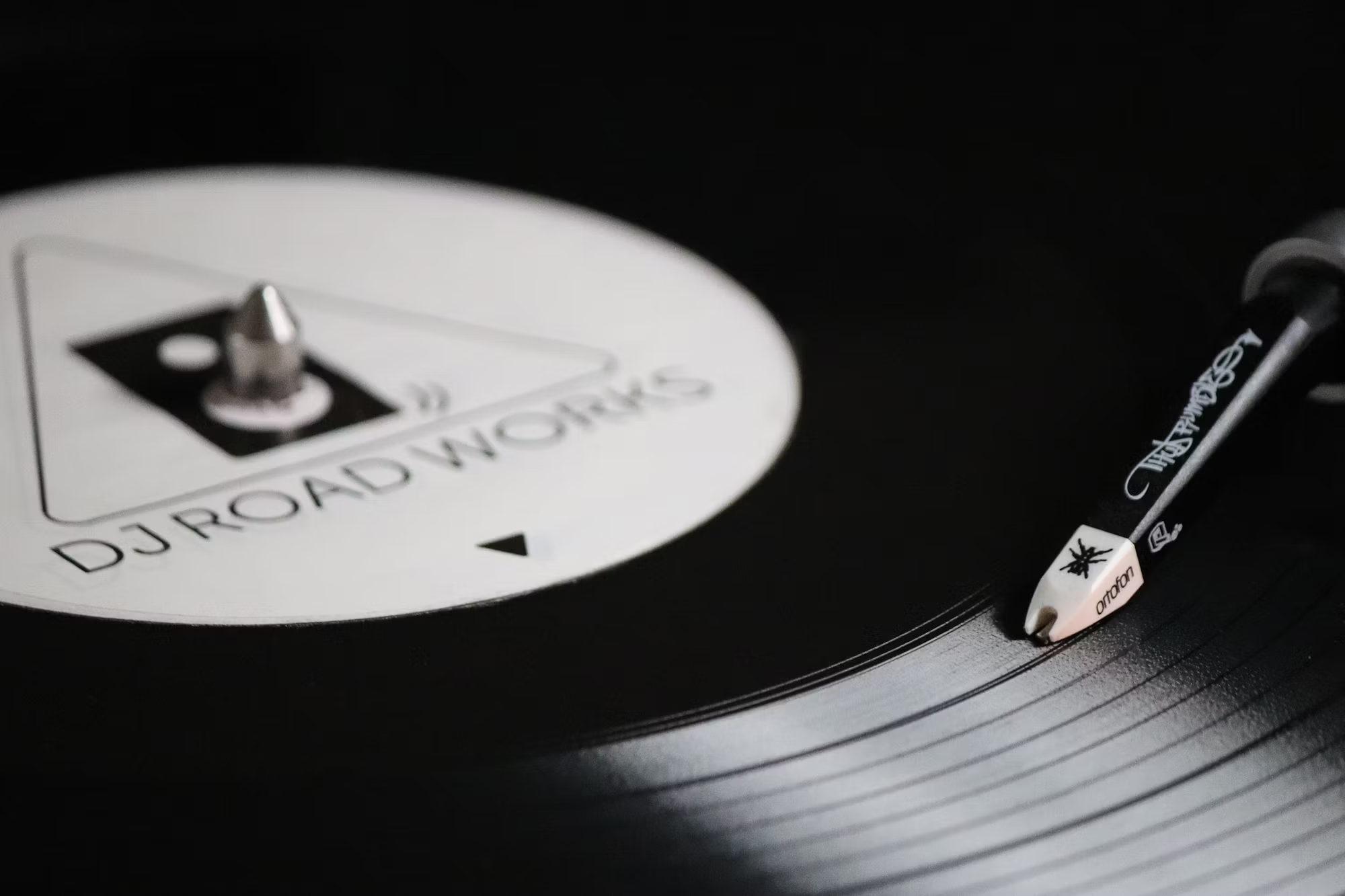The world of Electronic Dance Music (EDM) has grown exponentially over the past few decades, with festivals becoming a cornerstone of the culture. From small gatherings in warehouses to sprawling multi-day events attracting hundreds of thousands of fans, EDM festivals have transformed into vibrant celebrations of music, art, and community. This article explores the evolution of EDM festivals, highlighting their influence on music culture, the connections they foster, and the immersive experiences they offer.
The origins of EDM festivals can be traced back to the underground parties of the late 1980s and early 1990s. In cities like Chicago and Detroit, rave culture emerged as a response to the burgeoning electronic music scene. These early events were often characterized by their DIY ethos, where enthusiasts would organize gatherings in warehouses or outdoor spaces, creating a sense of camaraderie among attendees. The music was raw, the visuals were simple, and the focus was on the experience rather than commercial success.
As the popularity of electronic music grew, so did the scale of these events. The first major EDM festival, Love Parade, took place in Berlin in 1989, initially as a demonstration for peace and love through music. Over the years, it evolved into a massive street party that attracted millions of attendees. This shift marked a significant turning point for EDM festivals, illustrating their potential to unite people through shared musical experiences. The Love Parade set the stage for other festivals to follow, paving the way for the expansive festival culture we see today.
By the early 2000s, festivals like Coachella, Electric Daisy Carnival, and Tomorrowland began to emerge, each bringing its unique flair to the EDM landscape. These events not only showcased top-tier artists but also featured elaborate stage designs, immersive art installations, and interactive experiences. This evolution signified a shift from simple gatherings to multi-faceted festivals, where music became intertwined with visual artistry and creativity. The combination of high-energy performances, stunning visuals, and communal spirit created an unparalleled atmosphere that continues to attract fans from around the globe.
The rise of social media further propelled the growth of EDM festivals. Platforms like Facebook, Instagram, and Twitter allowed fans to connect with artists and fellow festival-goers, creating a sense of community that transcended geographical boundaries. Artists began sharing their festival experiences online, showcasing their performances and the electric atmosphere of these events. This digital engagement fueled anticipation for upcoming festivals, making them more than just concerts—they became cultural phenomena that fans eagerly looked forward to each year.
Moreover, the integration of technology has transformed the festival experience. Many events now utilize cutting-edge audiovisual technology to enhance performances. From elaborate light shows to stunning visual effects, festivals are creating immersive environments that transport attendees into otherworldly realms. For instance, Tomorrowland is renowned for its grand stages and intricate designs, often themed around fantasy and adventure, which captivates audiences and heightens the overall experience.
The community aspect of EDM festivals cannot be overstated. These events serve as a melting pot for individuals from diverse backgrounds, all united by their love for electronic music. The values of peace, love, unity, and respect (PLUR) that are central to the EDM culture foster a welcoming environment, encouraging attendees to connect with one another. Lifelong friendships are formed on the dance floor, as fans share their love for music and create lasting memories together.
Furthermore, many festivals are now emphasizing sustainability and social responsibility. As awareness of environmental issues grows, festival organizers are taking steps to minimize their impact. Initiatives such as waste reduction programs, recycling efforts, and partnerships with eco-friendly brands are becoming common. Festivals like Shambhala have made significant strides in promoting sustainability, demonstrating that the celebration of music can go hand in hand with environmental consciousness. This shift not only benefits the planet but also resonates with the values of the community, making attendees feel proud to be part of something larger than themselves.
As EDM continues to evolve, the festival landscape is also adapting to cater to the changing tastes and preferences of audiences. The rise of boutique festivals, which offer more intimate settings and curated lineups, reflects a desire for unique experiences. Events like the Desert Hearts Festival prioritize creativity, connection, and a sense of belonging, appealing to those seeking a more personal atmosphere. These smaller gatherings emphasize quality over quantity, allowing attendees to form deeper connections with the music and each other.
Additionally, the COVID-19 pandemic challenged the festival industry, forcing many events to pause or pivot to virtual formats. This situation led to innovative approaches, with festivals embracing live streaming and virtual experiences to keep the spirit of the community alive. Artists found new ways to connect with fans, and audiences were able to experience performances from the comfort of their homes. As the world gradually returns to live events, the lessons learned during this period will likely influence the future of festivals, incorporating elements of digital engagement alongside traditional experiences.
Looking ahead, the future of EDM festivals is bright, with exciting possibilities on the horizon. As technology continues to advance, we can expect to see even more immersive experiences that blend music, art, and technology. Virtual reality (VR) and augmented reality (AR) may play significant roles in reshaping the festival landscape, allowing attendees to engage with performances in new and innovative ways. These advancements will enable artists to push the boundaries of creativity and offer unique experiences that transcend the limitations of physical spaces.
In conclusion, the evolution of EDM festivals reflects the genre’s growth and its profound impact on music culture. From humble beginnings in underground raves to the extravagant, multi-day events of today, festivals have become a cornerstone of the EDM community. They unite people from all walks of life, foster creativity, and create unforgettable experiences that resonate long after the music fades. As the festival landscape continues to evolve, it will undoubtedly remain a celebration of connection, creativity, and the transformative power of music.
